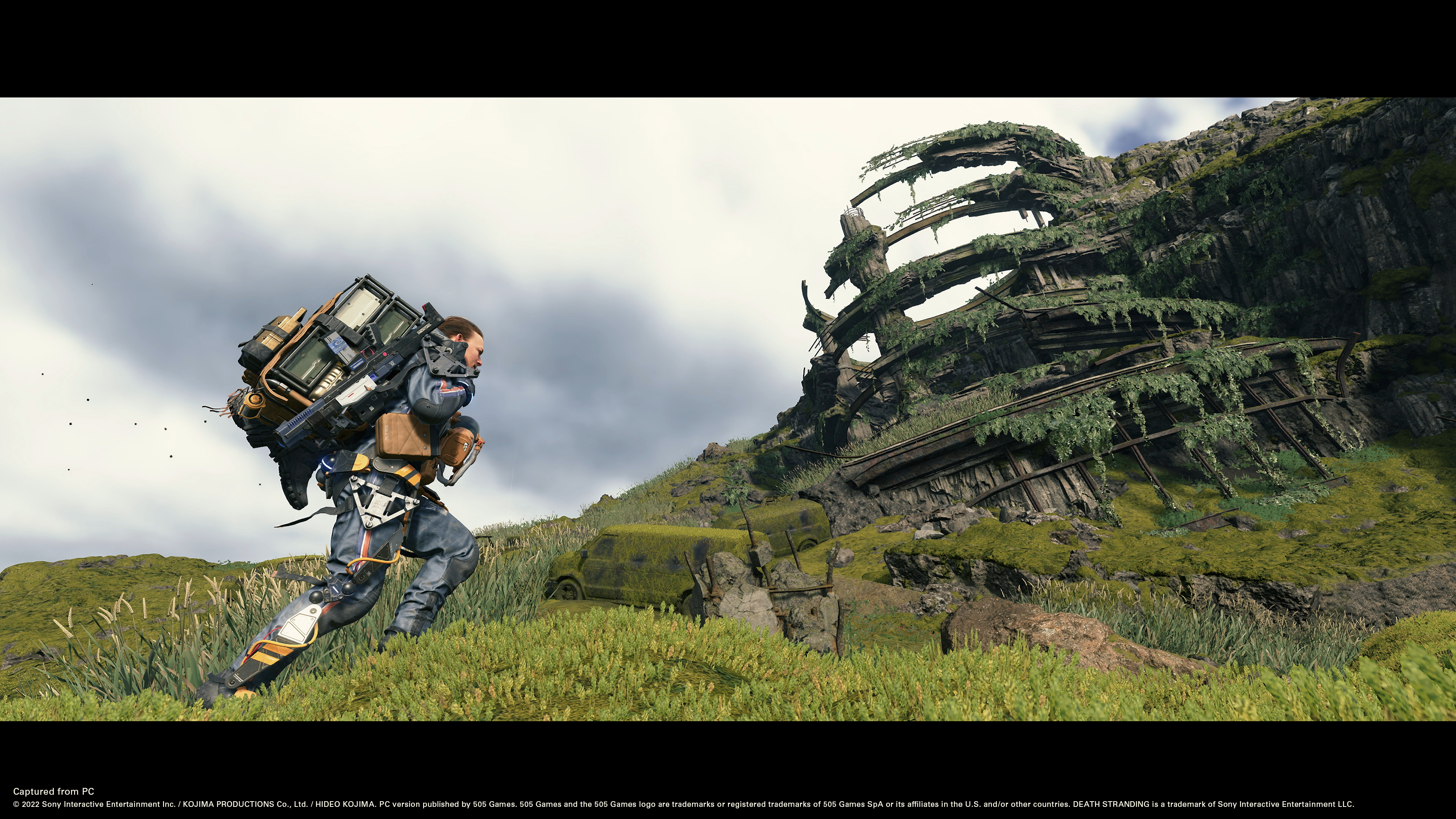Death Stranding Review
reviewed Death Stranding: Director's Cut

The first real mission, you have to carry your deceased mother’s body to an incinerator for cremation. As you leave the compound, the camera pulls back as Low Roar’s Bones plays. Once it ends, you’re left with Sam’s labored breathing and footfalls as the only soundtrack. After delivering the body and lighting the flame, you encounter the otherworldly enemies, the BTs, for the first time in gameplay. The fetus in the glass womb at your chest sobs nonstop until you get away from them.
My second kid was born less than a week before I started playing, and my wife’s mom had died unexpectedly 6 months before. I found the entire mission so emotionally trying that I put the game down until the start of the next year.
Once I returned, I found a singular experience: meditative, taxing, scary, poignant. I drew a lot of comfort in the effort it took to travel between destinations, relaxing into the mild challenge and allowing my adhd-riddled mind to quiet. The story, on the other hand, repeatedly knocked me on my ass. I cried multiple times, found both pain and solace in the way it handled death and grief and loss. Each of the major characters brought a different aspect of the recovery and healing process to the forefront, and their respective performances were unmatched in games.
I take issue with the focus on gun-based violence in the game. It felt great to play, I won’t lie, but it was so discordant with the themes of pain and disconnection and reconnection that I found myself disappointed in its prominence. Especially at the end, with 4 violence-focused bosses in a row, it felt like two games fighting each other for primacy.
Accepting that, I think this is a nearly-perfect game, and have spent the rest of the year thinking, “this other game is good, but I should go back to Death Stranding and run some more missions for the preppers.”